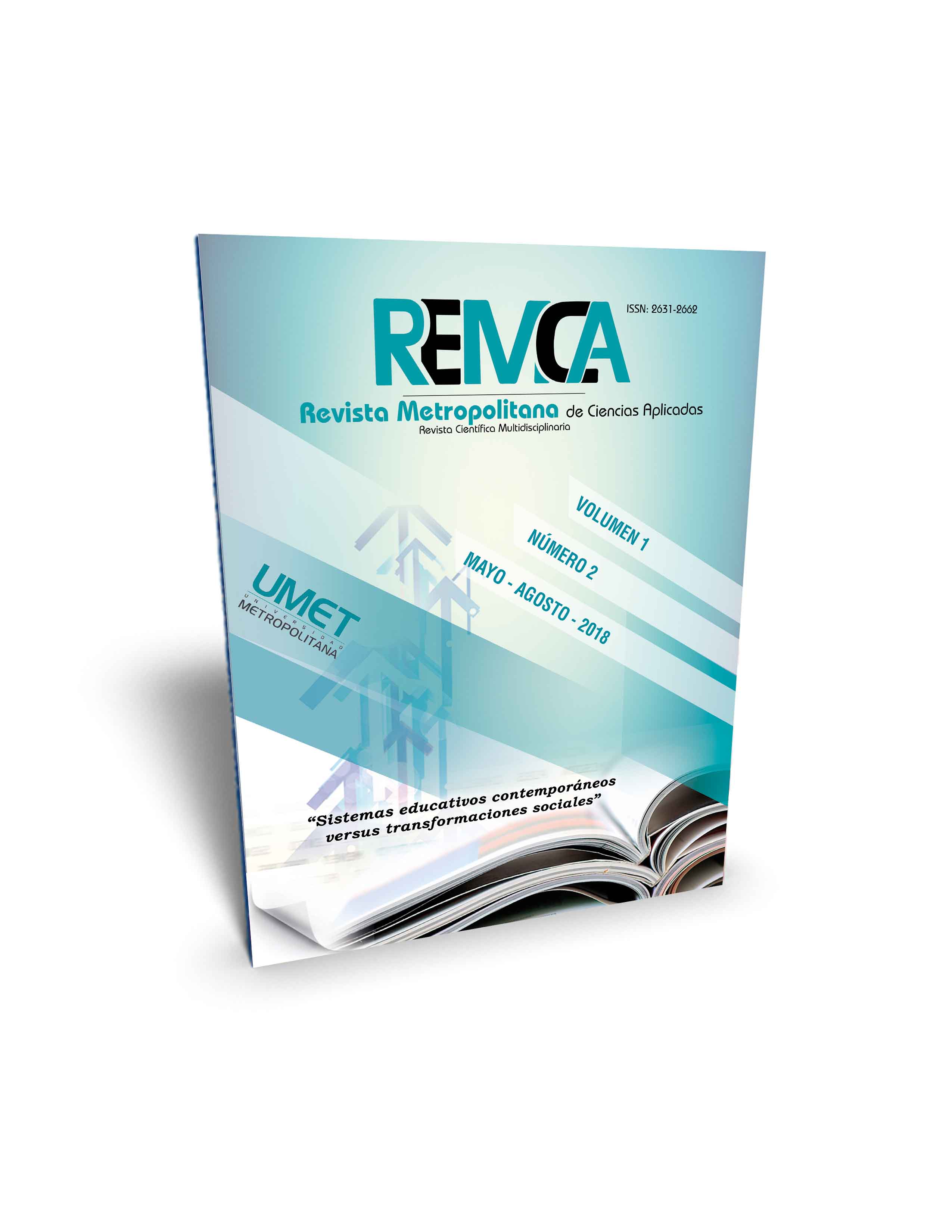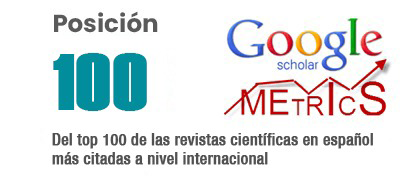Law students mentorship at the Metropolitan University of ecuador: action plan
DOI:
https://doi.org/10.62452/m87pvv35Keywords:
Tutorship in Higher Education, accompaniment, diagnosis, action planAbstract
This paper explains the process followed for the development of the tutorship plan for the Law program at the Metropolitan University of Ecuador (UMET), based on the analysis of the literature related to the higher education tutorship, as well as the UMET Tutorship Procedures Manual, and the Law program mission and vision, as to establish the guidelines for the organization, planning and control of the students´ tutorship, starting from the levering stage for the students insertion in the Program. This analysis allowed the creation, application and analysis of a diagnosis to characterize the students. The diagnosis analysis helped distinguishing the tutorship most vulnerable areas. The authors set the goals to be achieved by each vulnerable area needing tutorship, and the corresponding actions for each objective to be achieved. Through the literature analysis, and the discussion among the teachers, authors observed the need to work on training teachers and heads to become aware of the tutorship conception and types of accompaniment that students need throughout their studies, as well as the creation of the action plan for each vulnerable area, including actions for the control and improvement of such plan.
Downloads
References
Álvarez, G. M. (2013). La Tutoría-Universitaria en Educación Superior. Programa de mejora e innovación de la docencia. Zaragoza: Universidad de Zaragoza.
De la Cruz Flores, G., Chehaybar y Kury, E., & Felipe Abreus, L. (2011). Tutoría en educación superior: una revisión analítica de la literatura. Rev. educ. sup, 40(157), 190-209. Recuperado de http://www.scielo.org.mx/pdf/resu/v40n157/v40n157a9.pdf
Lara, G. B. (2009). Una aproximación al concepto de tutoría académica en el Centro Universitario de Ciencias de la Salud. Guadalajara: Universidad de Guadalajara.
Lobato, C., & Guerra, N. (2016). La tutoría en la educación superior en Iberoamérica: Avances y desafíos. Revista electrónica EDUCAR, 52(2), 379-398. Recuperado de http://www.redalyc.org/pdf/3421/342146063009.pdf
Quezada, C. (2017). Las tutorías en la educación superior. UNIANDES EPISTEME: Revista de Ciencia, Tecnología e Innovación, 4(3). Recuperado de http://186.46.158.26/ojs/index.php/EPISTEME/article/view/439/303
Downloads
Published
Issue
Section
License
Copyright (c) 2018 Maritza Arcia Chávez, Aura Díaz de Perales (Autor/a)

This work is licensed under a Creative Commons Attribution-NonCommercial-ShareAlike 4.0 International License.
Authors who publish in Revista Metropolitana de Ciencias Aplicadas (REMCA), agree to the following terms:
1. Copyright
Authors retain unrestricted copyright to their work. Authors grant the journal the right of first publication. To this end, they assign the journal non-exclusive exploitation rights (reproduction, distribution, public communication, and transformation). Authors may enter into additional agreements for the non-exclusive distribution of the version of the work published in the journal, provided that acknowledgment of its initial publication in this journal is given.
© The authors.
2. License
The articles are published in the journal under the Creative Commons Attribution-NonCommercial-ShareAlike 4.0 International License (CC BY-NC-SA 4.0). The terms can be found at: https://creativecommons.org/licenses/by-nc-sa/4.0/deed.en
This license allows:
- Sharing: Copying and redistributing the material in any medium or format.
- Adapting: Remixing, transforming, and building upon the material.
Under the following terms:
- Attribution: You must give appropriate credit, provide a link to the license, and indicate if any changes were made. You may do this in any reasonable manner, but not in any way that suggests the licensor endorses or sponsors your use.
- NonCommercial: You may not use the material for commercial purposes.
- ShareAlike: If you remix, transform, or build upon the material, you must distribute your creation under the same license as the original work.
There are no additional restrictions. You may not apply legal terms or technological measures that legally restrict others from doing anything the license permits.




